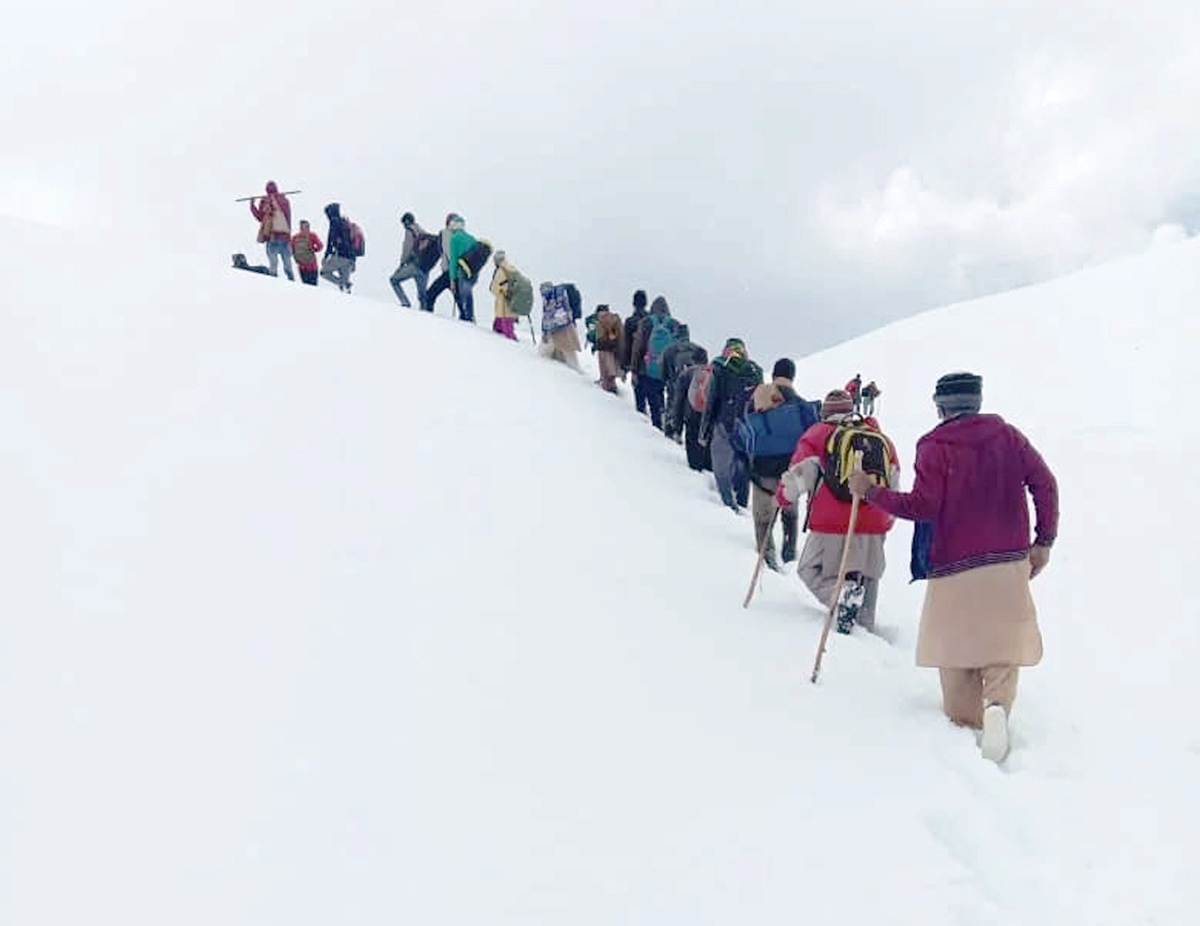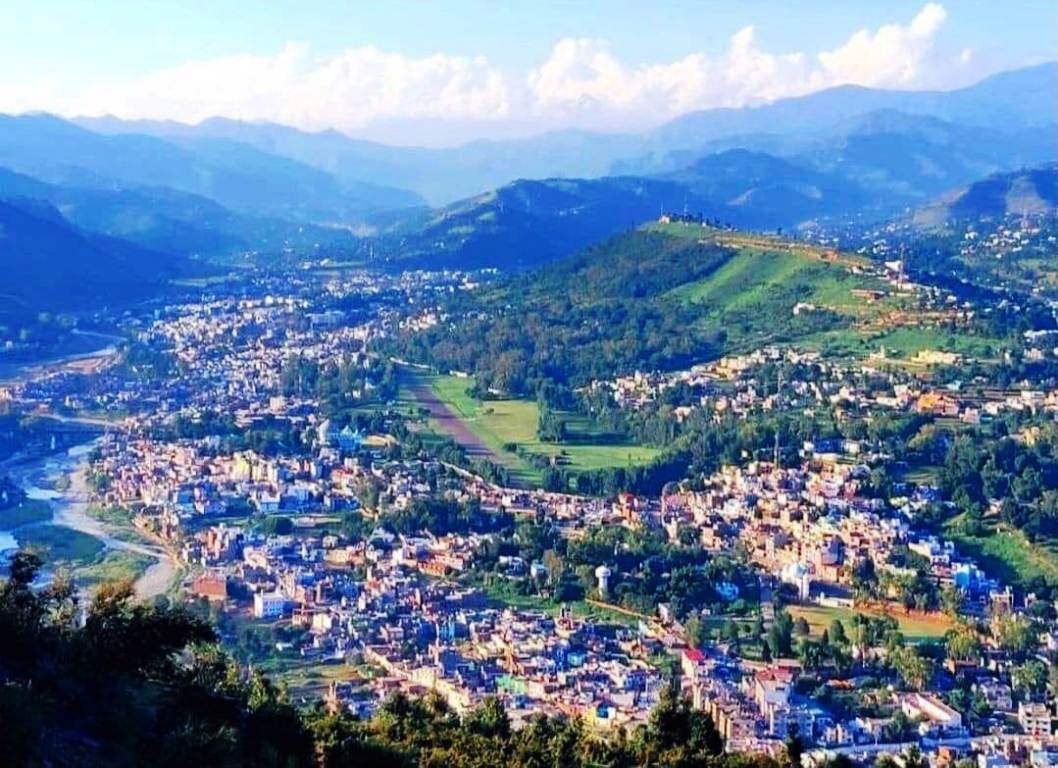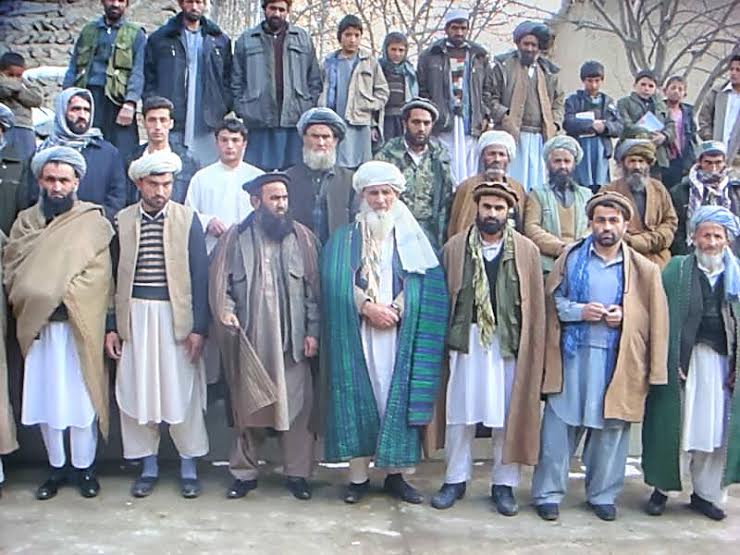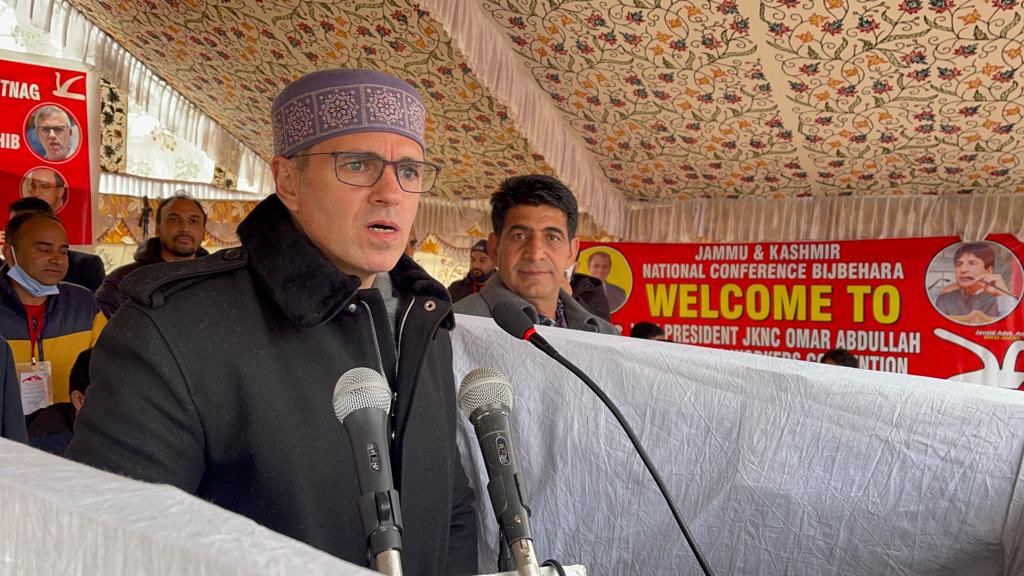With trans-Pir Panchal Anantnag-Rajouri emerging as a reorganised Lok Sabha berth, Masood Hussain offers details about why this seat, if approved, would be a classic one

In 1995 summer when Kashmir was inching towards electing the members from Jammu and Kashmir and the campaigning was at its peak, senior IAS baradari was seriously tense. Situation apart, they were concerned about a civil service couple that had barely married.
Soon after their marriage when they reported for their posting, they were asked to go to Jammu and Kashmir and study the situation while being part of the election observers group. They were given the choice to select the constituency they would like to go to. The young couple pulled out a map and started to locate the areas they should go to so that they can meet frequently.
Seeking the cartography placing two segments very close to each other, one picked Poonch and another Baramulla. They believed, genuinely so, that given the areas being so close, they will be able to manage so easily.
Once they took off from Delhi, one landed in Srinagar and another in Jammu. From there, they were picked by their security detail and rushed in huge bundobust to the two areas for a short duration. It took them quite a time to understand that the map was not wrong and the fact is that the two areas are so close but did not know that the small patch between the two regions is part of the Haji Pir sector that is controlled by Pakistan army. With fixed-line phones as the only source of communication, their crisis ended after many months when they somehow met at Jammu for a get-together.
Same Theme
This nightmare has the elements of a film about how geographies get distant when politics takes over. Though in the case of the young officer couple, the crisis ended quite soon. But the people living in Poonch-Rajouri (Jammu) on one side of the Pir Panchal range and Anantnag (Kashmir) on the foothills of it on the other side are seemingly supposed to endure this for a longer period.

If the recommendations made by the three-member Delimitation Commission are accepted, the people living in the Rajouri-Anantnag will have to face a serious crisis on a long term basis in Lok Sabha, the parliament representing the largest democracy on earth. The two regions are separated by culture, agro-climate, and politics and lack any direct road link. Its homogeneity is restricted to its faith – both the regions are Muslim.
The recommendation suggests that the new classic constituency would comprise 18 assembly signet – seven from Anantnag, three from Kulgam, one from Shopian districts in Kashmir and four from Rajouri and all the three from Poonch. Six of these segments including one in Kashmir are reserved for Scheduled Tribes (ST), who make 515180 persons (as per 2011 census) and thus 19.66 per cent of this peculiar constituency. Overall, the proposed Lok Sabha constituency covers a population of 2620539.
The Kashmir population that will be part of this segment from 11 assembly segments is 1624491, which is slightly less than two-thirds of the overall demography, it is expected to represent.
The Rajouri-Poonch belt was part of the Jammu Lok Sabha constituency. Though it retained a small fraction from Rajouri-Poonch, Jammu took most of the Reasi belt and has emerged sort of a homogenous electorate.

No Road
The creation of the Rajouri-Anantnag constituency is the most talked-about recommendation of the Commission because it offers an idea of how political cartographer’s pencils have compromised the geographic challenges, demographic composition and the issues the two regions on the two sides of the mountain range, the erstwhile barrier of Kashmir, are facing. There have been protests and some, especially from the rightwing flock, have attempted to link it to the erstwhile Dixon Plan when a UN mediator on Kashmir, Sir Owen Dixon suggested an outright division of the erstwhile state of Jammu and Kashmir. The interpretation is not plausible because Shopian is excluded from this interesting Lok Sabha. Shopian, which has a half-year, fair-weather direct road link – Mughal Road, connecting it with Poonch and Rajouri through the Pir Ki Gali pass, is part of Srinagar constituency. And, the Dixon plan was on the two sides of the Chenab River and not the slopes of the Pir Panchal range.
Poonch – Rajouri belt, historically the battleground of Kashmir, is literally surrounding Kashmir from Shopian in the south to Tosa Maidan in the centre and Tangmarg-Uri in the north Kashmir. There are two roads connecting the two regions – one from Shopian, which is active for half of the year, and another from Uri, much shorter but its stretch falls on the other side the LoC. Some groundbreaking work had been done in the Ghulam Nabi Azar era to link the region to Budgam as well but nobody knows the progress of the vital road project.
However, what is interesting is that the Kashmir segments linked to the Poonch-Rajouri seat lack a road link. Anantnag is much closer to Doda-Kishtwar region than the Poonch-Rajouri belt.
Culture
The two regions speak three languages. The mother tongue in Kashmir is Kashmiri and in Rajouri-Poonch it is Gujari and Pahari. It is Urdu that helps the two regions communicate. Unlike the Chenab Valley region where Kashmiri is being spoken almost everywhere, Rajouri-Poonch is ethnically different.
The Rajouri Poonch region mainly comprises of Gujjars and Pahari speaking population. Recent commentaries suggest that almost one-third of more than 12 lakh people (2011 census) in the twin districts are the Gujjars and the rest are Paharis. Unlike Gujjars, who are Muslims only, the Pahari speaking population has diversity and it includes non-Muslims as well. Unlike Poonch, Rajouri has a better Scheduled Castes (SC) population, however, they do not make even two per cent of the population in the two districts.

All the three assembly segments falling in the Poonch districts are reserved for STs. They have another reserved seat in Rajouri. With five of the eight assembly segments reserved, the region will face a bleak future for its Pahari political class. The tremors have started already being felt. It was this region that would offer Jammu and Kashmir its non-Kashmiri speaking Muslim political leadership, at least most of it.
In the region, the political aspirations of the two groups are so intense that they hardly vote for each other’s candidate. Off late, though, there had been certain changes in the last three elections indicating the two populations mending part of the fence, the ST reservations have added a serious dimension to the division and revived the old fault lines. Now certain sections believe that this will ease once the Paharis’ will also be included in the reservation list. But it remains to be seen whether the inclusion in the list will mean political reservation as well.
In comparison, Kashmir despite being a dominant number is homogenous but has different politics. The political class will have to reinvent the common thread that will somehow help the 1.6 million Anantnag voters to make a common cause with the Rajouri-Poonch.
A Possible Outcome
This seat is in key debate for it has interesting aspects for analysts. Some see it as part of “revenge politics” given the fact that Anantnag was the major power source for the PDP. Its exclusion from the Jammu seat is being seen as preventing a possible negative vote that might have impacted the Jammu mandate in future.

While a section of the population continues debating if it was Jammu offering part of its slice to Kashmir or vice versa, the fact is now Jammu has two seats in Lok Sabha and Kashmir two. This leaves one seat to the most powerful, which in any election would be the ruling party.
No Kashmiri candidate will be acceptable in the region and vice versa. So, in any case, parties will have a set of Kashmir candidates and a set of Poonch-Rajouri candidates – obviously with one set as a proxy. This will divide the votes in all three sections of the ethnic stock and the seat will eventually be won by the one that votes en masse. Political pundits foresee the elected member from this seat to be having the least number of votes ever because the divisions of votes will be twice over.
The issue being talked about in political class is that Rajouri Poonch is one of the areas that falls literally on the border – most of Poonch and part of Rajouri. Part of its population lives behind locks on the border between the fence and the LoC. This offers its own set of issues, unlike Anantnag which is far away from the LoC. During delimitation, a raging debate was that the hard areas on basis of geography should get a special dispensation. Had this rule been implemented, Rajouri Poonch would have emerged a new berth in the Lok Sabha, at least a suggestion could have been made.
Had Kashmir been reduced by one seat and given only two berths, it hardly would have mattered. Five berths in the 543-seat Lok Sabha is hardly a voice.















